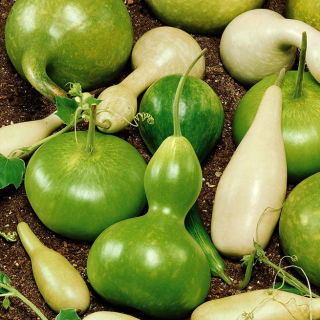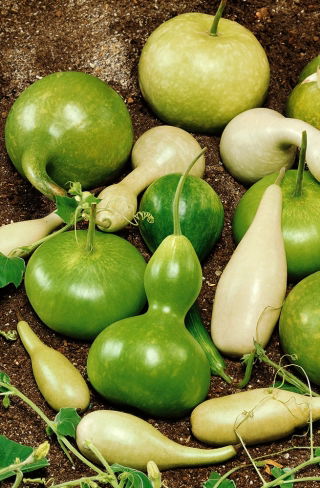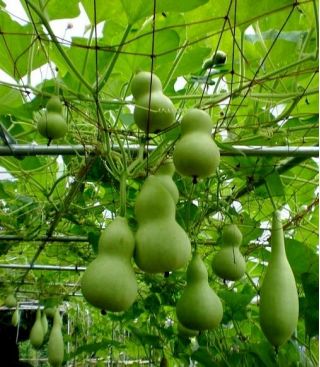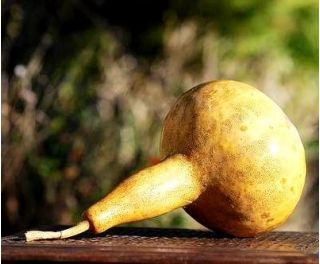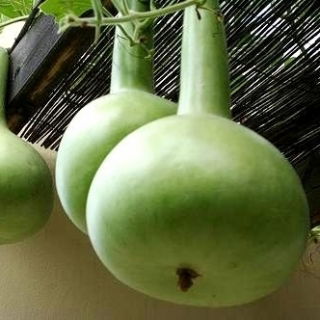- US Dollars ($)
- Euro (€)
- GB Pound (£)
- Chinese Yuan (元)
- Swedish krona (kr)
- Russian ruble (₽)
- Hong Kong dollar (HK$)
- Norwegian krone (kr)
- Indian rupee (₹)
- New Taiwan dollar (NT$)
- Danish krone (kr)
- Hungarian forint (Ft)
- Saudi riyal (SR)
- Bulgarian lev (лв)
- Czech koruna (Kč)
- Israeli shekel (₪)
- Indonesian rupiah (Rp)
- Japanese yen (¥)
- Korean won (₩)
- Malaysian ringgit (RM)
- Romanian leu (leu)
- Swiss franc (Fr.)
- Serbian dinar (din)
- Vietnamese đồng (₫)
- Ukrainian hryvnia (₴)
- Turkish lira (₺)
- Thai baht (฿)
- CAD Dollars ($)
- English
- German - Deutsch
- French - Français
- Spanish - Español
- Italian - Italiano
- Swedish - Svenska
- Russian - Русский
- Norwegian - Norsk
- Danish - Dansk
- Nederlands
- Estonian - Eesti keel
- Finnish - Suomalainen
- Hungarian - Magyar
- Latvian - Latviešu valoda
- Lithuanian - Lietuvių
- Portuguese - Português
- Chinese - 中文
- العربية - Arab-c
- Bulgarian - български
- Czech - Čeština
- Greek - Ελληνικά
- پارسی - Persian
- עברית - Abrit
- Croatian - Hrvatski
- Indonesian - Bahasa Indonesia
- Japan - 日本語
- Korean - 한국어
- Malay - Melayu
- Romanian - Română
- Slovak - Slovák
- Slovenian - Slovenščina
- Serbian - Српски
- Thai - ไทย
- Turkish - Türkçe
- Ukrainian - Українська
- Vietnamese - Tiếng Việt
- Hindi - हिंदी
- Categories
-
Seeds
-
Vegetable Seeds
-
Flower Seeds
-
- Ageratum, Flossflower seeds
- Alyssum seeds
- Amaranth Seeds
- Aquilegia, Columbine seeds
- Aster seeds
- Aubrieta Seeds
- Begonia seeds
- Bellis perennis, Daisy seeds
- Californian Poppy Seeds
- Campanula, Bellflower seeds
- Celosia, Cocksbomb seeds
- Centaurea, Cornflower seeds
- Chrysanthemum, Painted Daisy seeds
- Coleus seeds
- Convolvulus seeds
- Coreopsis seeds
- Cosmos seeds
-
- Datura seeds
- Dianthus, Carnation seeds
- Echinacea, Coneflower seeds
- Flower seed mixtures
- Forget me not seeds
- Foxglove seeds
- Gaillardia Seeds
- Gazania seeds
- Geranium, Pelargonium seeds
- Godetia seeds
- Gourd, Ornamental squash seeds
- Gypsophila, Baby's Breath seeds
- Hollyhock seeds
- Impatiens seeds
- Ipomoea, Morning glory seeds
- Calabash, Bottle Gourd seeds
- Larkspur, Delphinium seeds
-
- Limonium, Statice seeds
- Lobelia seeds
- Lupin, Lupine seeds
- Lychnis, Catchfly seeds
- Mallow Seeds
- Marigold, Tagetes seeds
- Milkweed Seeds
- Nasturtium seeds
- Nemesia seeds
- Nepeta, catmint seeds
- Nicotiana, Ornamental Tobacco seeds
- Nigella, Love in a mist seeds
- Pansy seeds
- Petunia and Surfinia seeds
- Phlox seeds
- Poppy seeds
- Primula, Primrose seeds
-
- Red Valerian, Centranthus Seeds
- Ricinus, Castor bean seeds
- Runner bean seeds
- Safflower seeds
- Salvia, Ornamental sage seeds
- Snapdragon Seeds
- Stock seeds
- Strawflower, Golden everlasting seeds
- Sunflower seeds
- Sweet pea seeds
- Tunbergia, Black-eyed Susan Vine seeds
- Verbascum, Mullein seeds
- Verbena seeds
- Veronica, Speedwell seeds
- Viola, Violet seeds
- Zinnia seeds
-
- Herb Seeds
- Sprouting Seeds
-
Flower Bulbs
-
Garden Equipment
-
At home
- Around home
-
Fertilizers
-
- All-purpose fertilizers
- Autumn and winter fertilizers
- Blueberry fertilizers
- Boxwood fertilizers
- Bulb plants' fertilizers
- Grass and lawn fertilizers
- Citrus plant fertilizers
- Compost
- Conifer fertilizers
- Dolomite and lime fertilizers
- Dry powder fertilizers
- Fertilizers for balcony and terrace plants
- Fertilizers for moss-infected lawns
- Fertilizers in pump sprayers
-
- Fertilizers in watering cans
- Fertilizers sticks
- Fertilizers with leaf shine
- Flowering plant fertilizers
- Fruit fertilizers
- Fruit tree fertilizers
- Garden plant fertilizers
- Gel fertilizers
- Geranium fertilizers
- Green plant fertilizers
- Herb fertilizers
- Home plant fertilizers
- Hydrangea fertilizers
- Lavender fertilizers
-
The Calabash, also known as Lagenaria siceraria, is a remarkable annual plant distinguished by its striking vines that can reach up to 200 cm in length. This plant produces exceptionally decorative fruits in various shapes, from bottle-like and pear-shaped to elongated. Its climbing nature makes it perfect for adorning arbors, fences, or pergolas, adding a unique charm to any garden. Mature calabash fruits can be utilised as distinctive interior decorations, making this plant a versatile choice for any gardening enthusiast.
Sowing
It is best to sow calabash seeds in well-sunlit locations, which encourages rapid germination and growth. The soil should be well-drained and rich in nutrients to provide optimal growing conditions for the plant.
Sowing Depth
The ideal sowing depth for calabash seeds is between 2 and 3 cm. This depth allows the seeds easy access to water and nutrients, promoting proper germination.
Direct Sowing Period
When should you directly sow calabash seeds? The optimal time is May, when the soil is adequately warmed, fostering swift plant growth.
Sowing Period Under Cover
When should you sow calabash seeds under cover? April is the ideal time, allowing for an earlier start to cultivation and the development of stronger seedlings.
Planting Time
The best time to plant calabash is mid-May, when the risk of frost has passed, allowing the plant to thrive in the open air.
Plant Spacing
When planting calabash, it is recommended to maintain a spacing of 80 to 100 cm. This space enables the plant to develop freely while ensuring adequate access to light and air.
Site Conditions
The calabash thrives in full sun, which supports its vigorous growth and abundant fruiting. The soil should be fertile, well-drained, and adequately watered to provide the plant with optimal growing conditions. Regular watering and natural fertilisation aid in the healthy growth of the calabash.
Growing Tips
Growing calabash requires regular watering, especially during dry spells, and periodic fertilisation to support its healthy development. It is also advisable to provide suitable supports to allow the plant to climb freely, which is its natural trait.
Plant Height
The calabash can reach an impressive height of up to 200 cm, making it an excellent choice for creating green walls in the garden.
Harvest Period
The calabash harvest period extends from November to April. Mature fruits can be stored for a long time, allowing their use as natural interior decorations.
Usage
The calabash is a plant with a wide range of uses. Its vines are perfect for adorning pergolas, arbors, or fences, creating green, decorative walls. Mature fruits can be utilised as unique interior decorations, imbuing spaces with a distinctive character.
Resistance to Diseases
The calabash is relatively resistant to diseases, making it easy to cultivate even for novice gardeners. Regular monitoring of the plant's health allows for the early detection of potential issues.
Good to Know
The calabash has been popular for centuries due to its decorative fruits and versatile applications. Its cultivation is not complicated, and the results can delight even the most demanding gardeners.
Why Buy from Garden Seeds Market?
Garden Seeds Market offers top-quality calabash seeds that undergo rigorous laboratory testing to ensure their reliability. The positive feedback from satisfied customers attests to the effectiveness and satisfaction of purchases. Additionally, the store provides fast delivery and attractive promotions, making purchases even more worthwhile.
The seed packet contains 1 g of seeds. The packaging includes information on cultivation guidelines and the sowing viability period.
New


My account
Store
Customer information
Information

© -2025 Gardenseedsmarket.

